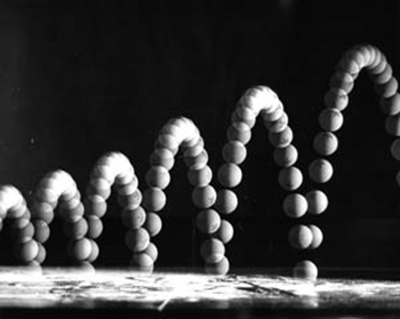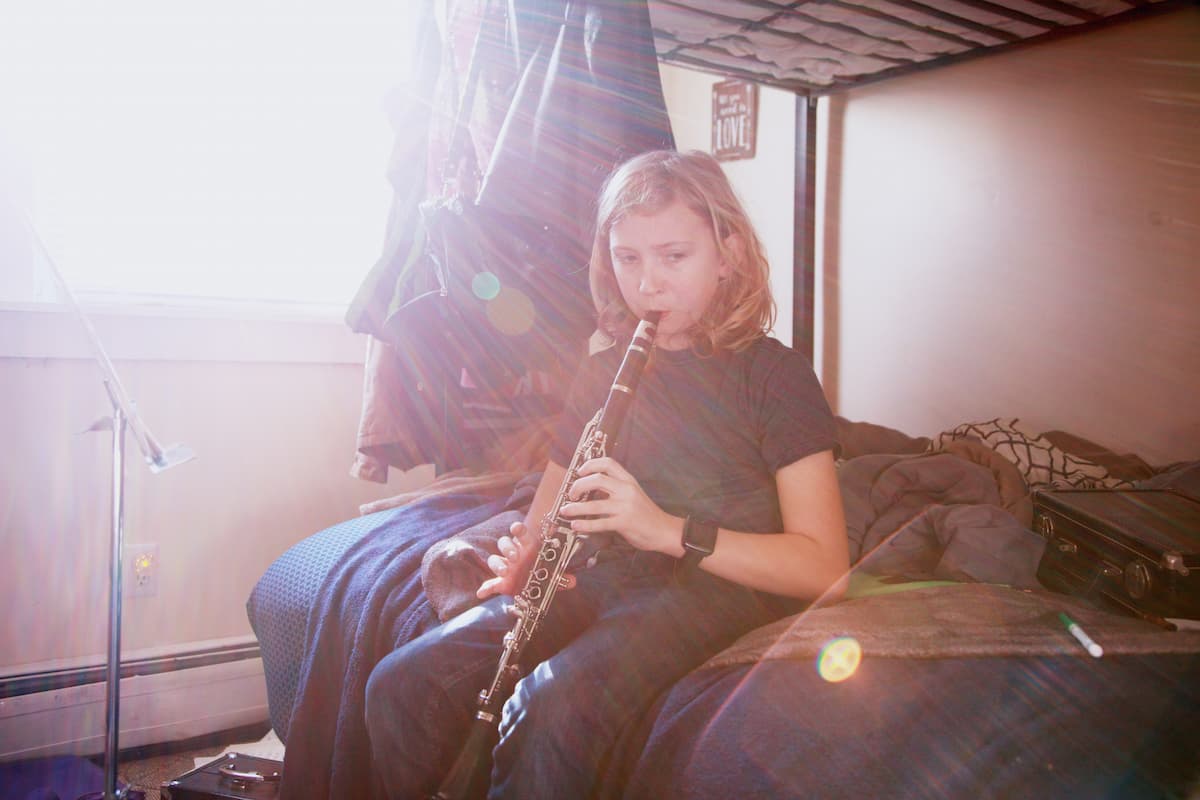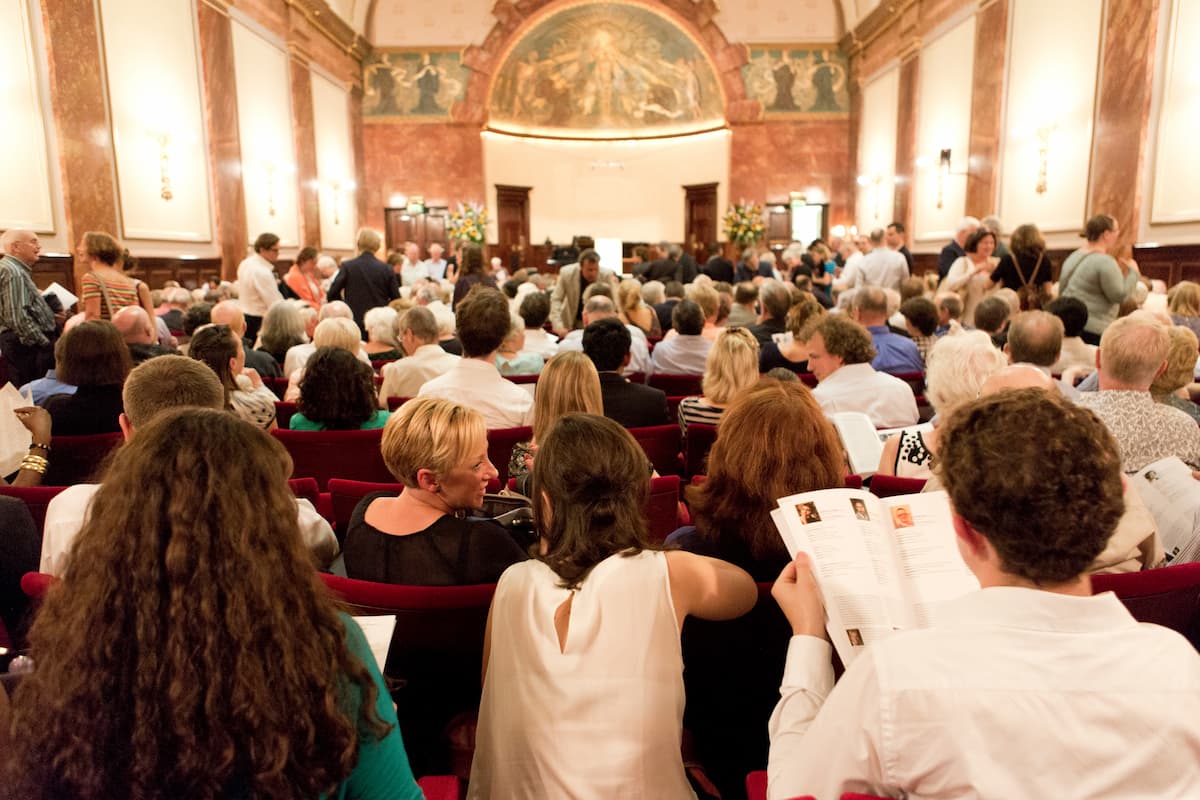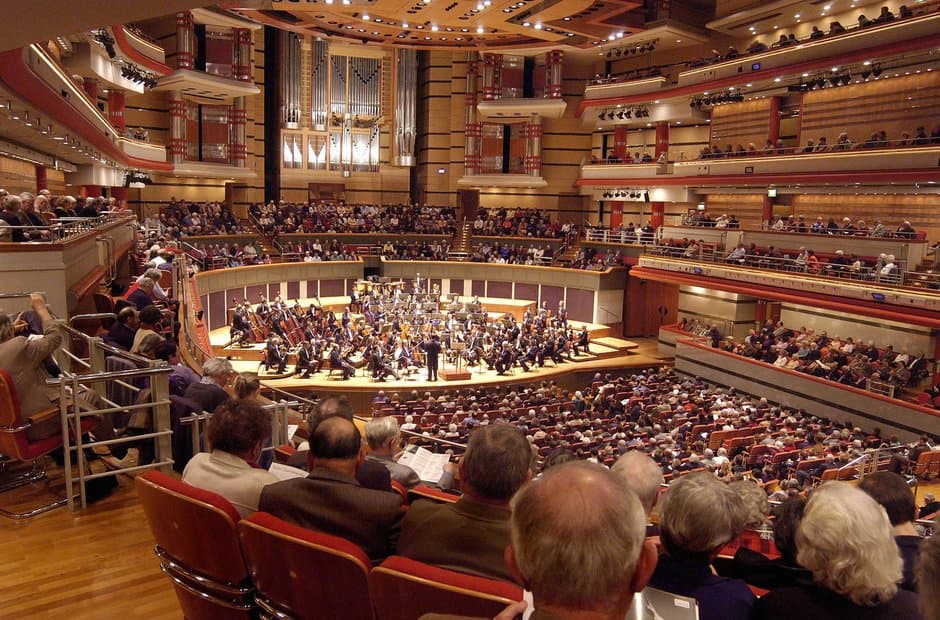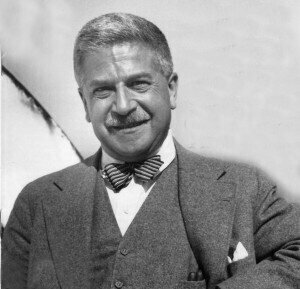
Artur Schnabel
Other instruments are able to achieve greater expressiveness through sound alone, but because the piano is a percussive machine, the pianist must employ different techniques to achieve expressiveness. When listening to music, the listener wants to be surprised or satisfied, and when we are playing, we should be aware of musical “surprises” within the score (unusual harmonies, intervals, suspensions, unexpected cadences etc) as well as instances of “satisfaction” (resolutions, full cadences, returning to the home key etc.). We can highlight these through dynamic shifts, and also by the use of rubato – arriving at a note or end of a phrase sooner or later to achieve either surprise or satisfaction.
Rubato is not always written into the score as a specific direction and is often at the discretion of performer or conductor. It is perhaps most obvious when one hears a singer perform, and as a pianist, we can learn much from reimagining – and singing out loud – the melodic line as a sung line.
Mendelssohn: Song Without Words in B minor, Op. 67, no. 5
In Mendelssohn’s Song Without Words in B minor, Opus 67, no. 5, the composer uses directions such as “sf” (sforzando) to highlight points of interest in the music. A less refined pianist might be tempted to simply give extra emphasis or force on these notes, but a more expressive effect can be achieved by simply delaying arrival at the note. It is the “placing” of the note and the fractional silence before it that can achieve the most poetic effects.
In addition, hairpin crescendo markings can be interpreted as an indication to “set the music free” and “let it take flight”. Often, our natural inclination when we see such a marking is to increase the tempo slightly, just as we might slacken the tempo with a diminuendo. We can also highlight other aspects such as dissonance or unusual harmonic shifts by varying the tempo slightly, or allowing a certain spaciousness when playing repeated notes.
Frank Bridge: In Autumn II Through the Eaves
Rubato is not easy to teach, and inexperienced students may find it hard to shape phrases or allow “space” between notes convincingly. The key to good rubato is for it to sound natural and uncontrived. It is the very subtlety of rubato that makes it so convincing. This comes from both a detailed study of the score to gain a fuller understanding of the composer’s intentions and a sense of one’s own “personal sound” at the piano. Often rubato within a piece develops over time, as one grows more and more familiar with the contours and shifting moods of the music. The best rubato comes from within, and it should always be intuitive and unforced.
“The notes I handle no better than many pianists. But the pauses between the notes – ah, that is where the art resides!”
– Artur Schnabel, pianist (1882-1951)

